By Adrienne Provenzano
Several years ago, I was hiking in Rainbow Bend Park along the original Wabash River path. Suddenly, a furry brown critter dashed across the trail in front of me and into the brush along the bank. What was it? My best guess: a groundhog, also sometimes called woodchuck. It's a common rodent in Indiana, the largest of the Indiana squirrel family, and goes by the scientific name of Marmota monax. I've been thinking about that close encounter with wildlife as February 2, commonly called Groundhog Day, approaches.
In search of more information about these critters, I turned to a publication on mostly small mammals create by Purdue Extension. Written by Robert N. Chapman and Rod N. Williams, the booklet Common Indiana Mammals is part of the education project The Nature of Teaching. This particular resource, FNR-413, and many others, can be found at www.purdue.edu/nature. Colorful images of 34 mammals and plenty of details on habitat, diet, distribution, reproduction, and ecology make this an excellent field guide and education resource.
In the introduction, the authors state: "Mammals play an integral role in many natural habitats. Knowing more about these intriguing animals can help us enjoy and appreciate the diversity of wildlife around us."
According to the Wikipedia article, the idea of the groundhog as a predictor of seasonal change comes from Pennsylvania Dutch tradition that this mammal emerging from hibernation and seeing its shadow on February 2 means six more weeks of winter, but no shadow means early spring. Groundhogs hibernate over the winter months, beginning in October and generally reappear in March or April, but sometimes as early as February. In Germany, where the Pennsylvania Dutch were from, a badger was the forecaster, but sometimes a fox or bear was the designated animal. If you've seen the 1993 film Groundhog Day, you're familiar with Punxsutawney Phil and his annual forecast. This year marks the 135th time the event will occur at Gobbler's Knob in Punxsutawney, Pennsylvania!
We all may feel stuck in an endless loop these days, but spring is on the way! Whatever the groundhog may predict, if you visit a natural setting over the coming weeks and months you'll start to see buds appearing on trees, sprouts coming up from the ground, and an increase in green and other vibrant colors. Local and migrating birdsong will fill the air, there will be the scents of blossoms, and gradually warming air. By march 20, the official spring equinox this year, there will be no doubt what season it is!
Adrienne Provenzano is a Friend of the Limberlost and Advanced Indiana Master Naturalist
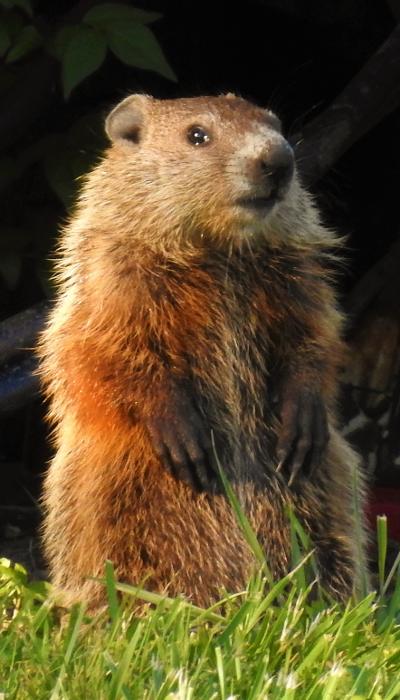
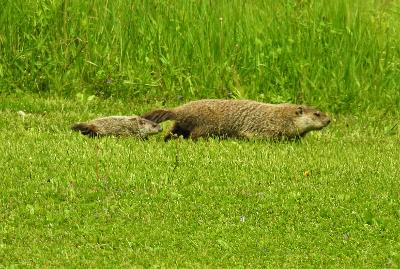
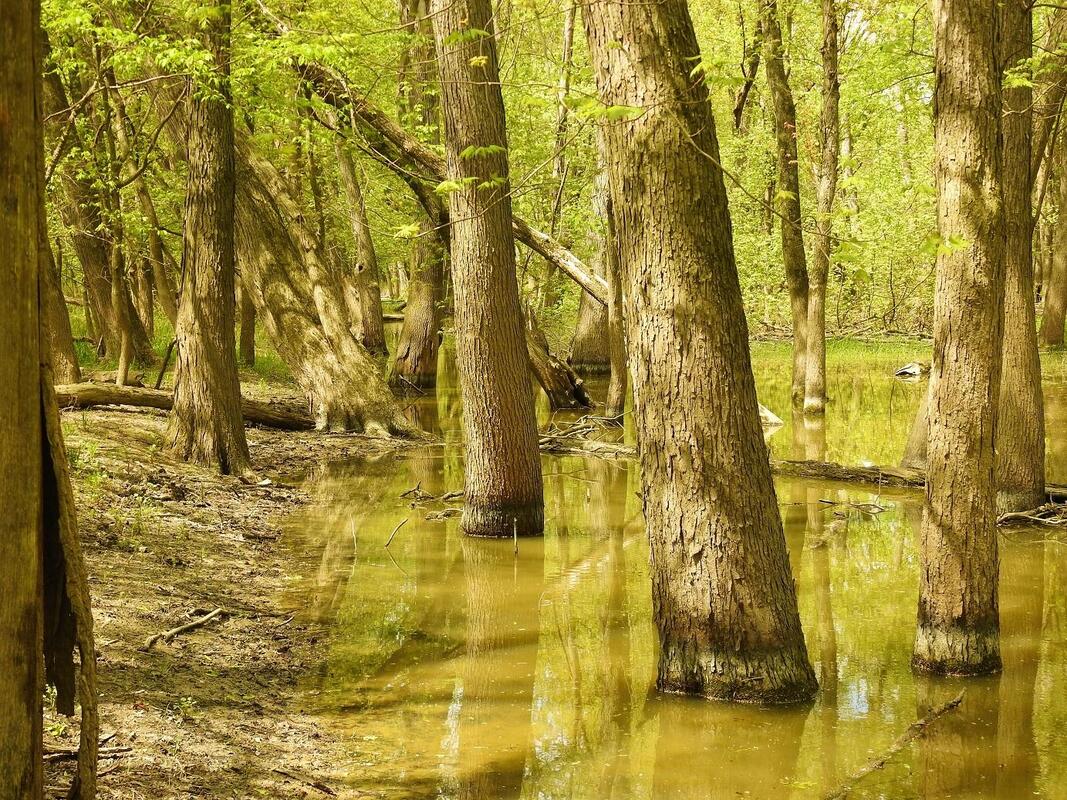
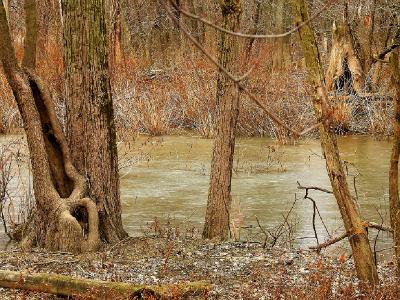
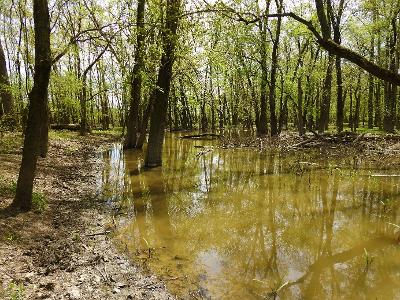
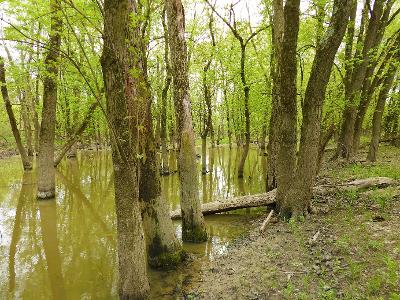
 RSS Feed
RSS Feed
